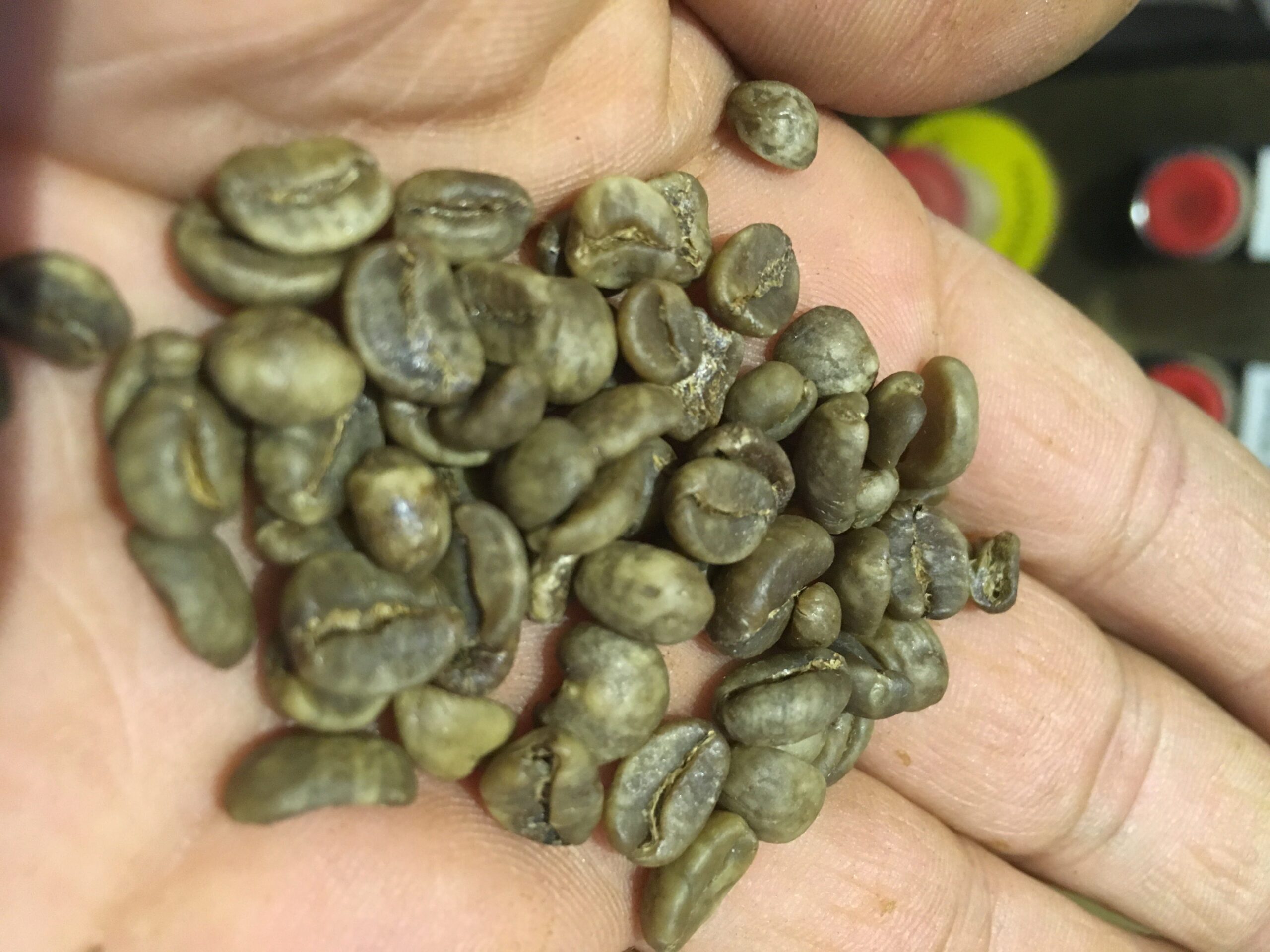Decaffeination Processes
Decaffeination: Is the removal of caffeine from coffee beans, cocoa, tea leaves and other caffeine containing materials.
Caffeine: Is a central nervous system stimulant of the methylxanthine class and it is the most consumed psychoactive drug. The most prominent effect of the caffeine is prevent the onset of drowsiness induced by adenosine.
Caffeine is a bitter, white crystalline purine and a methylxanthine that is found in the seeds, nuts or leaves of a number of plants native to South America and East Asia that helps to protect them against predator insects and to prevent germination of nearby seeds.
Caffeine occurs in coffee naturally and any of this four ways of decaffeination are unnatural.
Coffee is always decaffeinated in it’s green state.
Caffeine is a water soluble substance and water is used in the four processes.
Water is not a selective solvent therefore removes other soluble substances like sugars, proteins as well as caffeine.
All decaffeination processes use a decaffeinating agent to help to speed up the process and minimize the effect that water alone would have on the taste.
Indirect solvent-based process.
As solvent can be Methylene Chloride (U.S.A.) or Dichloromethane (E.U.) or Ethyl Acetate.
Beans are soaked in near boiling water for several hours which extracts the caffeine as well as others flavor elements and oils.
The water is separated and transferred to another tank were the beans are and washed about 10 hours with any of the solvents above. The molecules of the chemical solvent selectively bend with the molecules of caffeine and the resulting mixture is then heated to evaporate the solvent and caffeine, after the beans are reintroducing to the liquid to reabsorb most of the coffee oils and flavours.
Direct solvent-based process.
The beans are steamed for about 30 minutes to open their pores. Once they are ready for the solvent they are repeatedly rinse with either of the solvents of the Indirect solvent-process for about 10 hours to remove the caffeine. Then the solvent with the caffeine is drained away and the beans are steamed again to remove any residual solvent.
Swiss water process.
This process uses two concepts, solubility and osmosis, to decaffeinate coffee beans.
Beans are soaked in hot water to dissolve the caffeine and the flavours. Then the water is drawn out and passed through an activated charcoal filter which only capture the caffeine molecules, allowing oil and flavor molecules to pass through it.
Ends with beans without caffeine and flavor, that are discarded, and water full of flavors.
Now we soaked a new batch of green coffee with the water full of flavor and no caffeine (green coffee extract) and this time only caffeine moves from coffee beans to the water.
Results is decaffeination without a massive less of flavor but with higher selling price.
CO₂ process.
Uses liquid CO₂ in place of chemical solvents. It acts only in caffeine and releases only the alkaloid and nothing else.
Water soaked coffee beans are placed in a stainless steel container and sealed. Liquid CO₂ is forced into the coffee at pressures of 1.000psi (68’95 bars) drawing out the caffeine, then is transferred to another container where the pressure is released and the CO₂ returns to gaseous state, leaving the caffeine behind.

